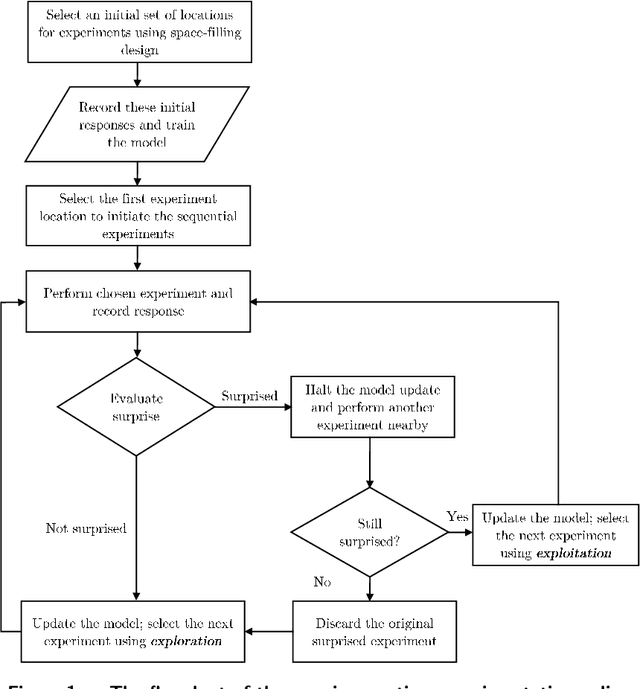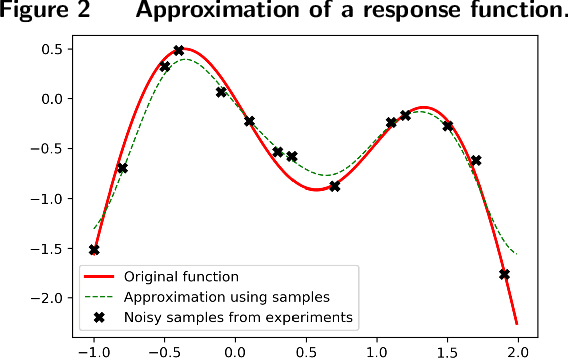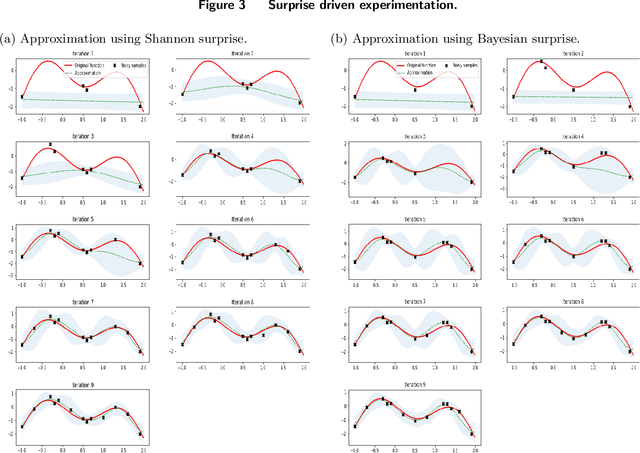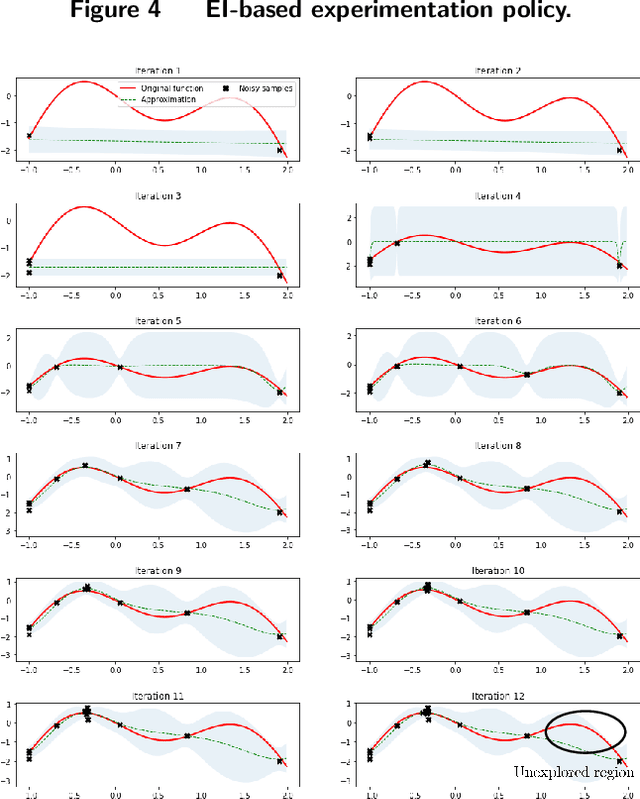Bhaskar Botcha
Towards Futuristic Autonomous Experimentation--A Surprise-Reacting Sequential Experiment Policy
Dec 01, 2021



Abstract:An autonomous experimentation platform in manufacturing is supposedly capable of conducting a sequential search for finding suitable manufacturing conditions for advanced materials by itself or even for discovering new materials with minimal human intervention. The core of the intelligent control of such platforms is the policy directing sequential experiments, namely, to decide where to conduct the next experiment based on what has been done thus far. Such policy inevitably trades off exploitation versus exploration and the current practice is under the Bayesian optimization framework using the expected improvement criterion or its variants. We discuss whether it is beneficial to trade off exploitation versus exploration by measuring the element and degree of surprise associated with the immediate past observation. We devise a surprise-reacting policy using two existing surprise metrics, known as the Shannon surprise and Bayesian surprise. Our analysis shows that the surprise-reacting policy appears to be better suited for quickly characterizing the overall landscape of a response surface or a design place under resource constraints. We argue that such capability is much needed for futuristic autonomous experimentation platforms. We do not claim that we have a fully autonomous experimentation platform, but believe that our current effort sheds new lights or provides a different view angle as researchers are racing to elevate the autonomy of various primitive autonomous experimentation systems.
 Add to Chrome
Add to Chrome Add to Firefox
Add to Firefox Add to Edge
Add to Edge